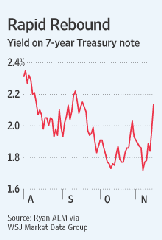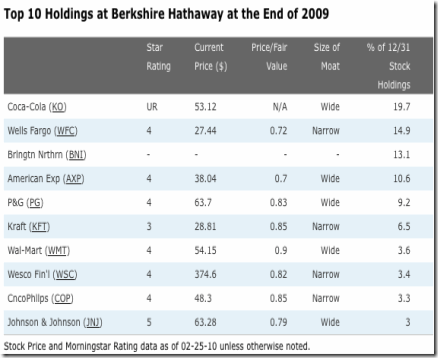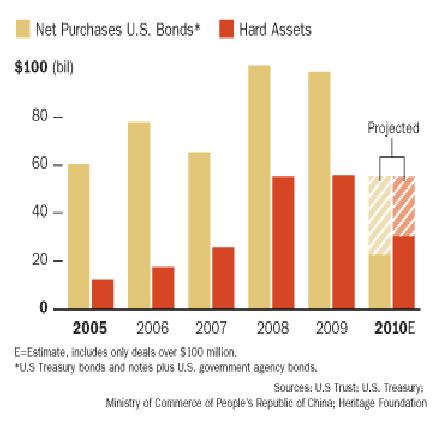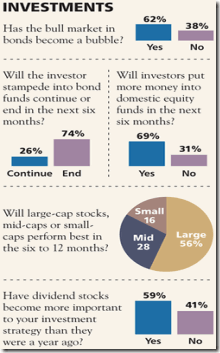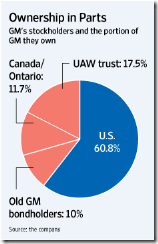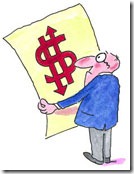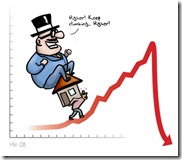 Just finished reading, ‘The Monster’,a new book on predatory lending and how deregulation let Wall Street Bankers and lenders run wild. ‘Questionable loans flooded the mortgage pipeline and one appraiser went to check a subdivision where Argent Mortgage had made loans. The appraiser called and asked to double check the address as he was standing in a corn field. The entire subdivision did not exist!’ Lenders didn’t worry as they said all loans would be bundled and sold as securities 20 minutes after the loan was made. The problem would be for investors to worry about.
Just finished reading, ‘The Monster’,a new book on predatory lending and how deregulation let Wall Street Bankers and lenders run wild. ‘Questionable loans flooded the mortgage pipeline and one appraiser went to check a subdivision where Argent Mortgage had made loans. The appraiser called and asked to double check the address as he was standing in a corn field. The entire subdivision did not exist!’ Lenders didn’t worry as they said all loans would be bundled and sold as securities 20 minutes after the loan was made. The problem would be for investors to worry about. - GM’s IPO grew to $23.1 billion making it the 2nd largest (in common stock) behind Visa as underwriters exercised their rights to buy a big ‘chunk’ of stock.
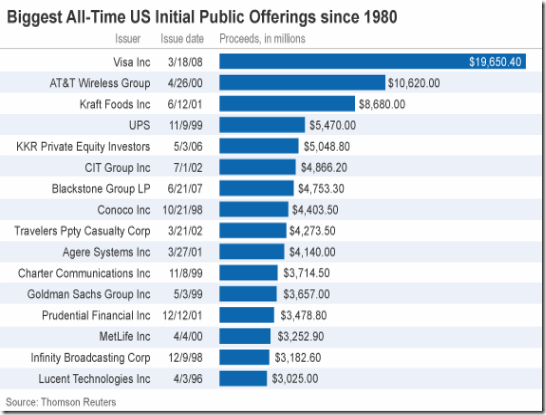
- While the U.S. has borrowed itself to the eyeballs it is safe to say that the stocks of America’s businesses are doing just fine, thank you. In 3rd quarter earnings the S&P 500’s increase over last year was a massive 31% and 47% of those gains in 2009 were generated outside the United States.
- Markets ended mixed Monday. Tech’s provided some upside. IBM seems to have found some vigor and is significantly higher.
- Tuesday saw problems overseas with North Korean shelling a disputed South Korean inhabited island and Irish woes continuing. Traders sold off to be on the safe side. Triple digits.
- GDP revised Up. Not enough to slow the slide on Tuesday.
 Beginning January 1st HSAs get a makeover as new rules require prescription for reimbursement on over-the –counter drugs. Exceptions include insulin, eyeglasses, contact-lens solution, bandages, dental care and test kits. Doctors will be placed in awkward situation if they believe something unsafe or unwarranted.
Beginning January 1st HSAs get a makeover as new rules require prescription for reimbursement on over-the –counter drugs. Exceptions include insulin, eyeglasses, contact-lens solution, bandages, dental care and test kits. Doctors will be placed in awkward situation if they believe something unsafe or unwarranted. - Jobless claims fell to a 2 year low-consumer spending increased for the 4th straight month.
- Kinder-Morgan is a –coming public- again. Kinder Morgan, an oil company, was taken private in 2006 in a management buy-out that included Goldman Sachs and 2 hedge funds. This should be one of the largest oil patch IPOs ever offered.
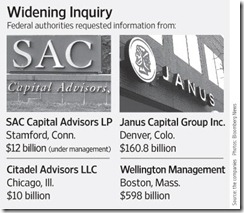 Insider Trading investigation by the FBI has widened. The WSJ reported that even Goldman Sachs has been questioned. Janus Capital was involved in after hour trading scandal in the early part of the decade, now this investigation. Wellington provides investment management to many firms including Vanguard. Insider trading is acting on information that is not known outside of the firm or firms involved and is highly illegal contrary to Gordon Gekko.
Insider Trading investigation by the FBI has widened. The WSJ reported that even Goldman Sachs has been questioned. Janus Capital was involved in after hour trading scandal in the early part of the decade, now this investigation. Wellington provides investment management to many firms including Vanguard. Insider trading is acting on information that is not known outside of the firm or firms involved and is highly illegal contrary to Gordon Gekko. - From the ‘Looking Into My Crystal 8- Ball Department: Phil Gramm, Vice Chairman of UBS Investment Bank (Yes, that Phil) predicted all Bush tax cuts would be extended and in 2011 a compromise on the estate or death tax would be made. Mellody Hobsa, President Ariel Investments said, ‘ If you have courage and cash in this market…it’s fat city.’ (I like the way she rolls, what do you think, dear reader? I picked that up from you know who. )
- According to Mark Hulbert at MarketWatch.com there is no correlation over the past 114 years between how well retailers do on Black Friday and the stock market. The myth has been if sales are robust on BF than the markets will respond but for the last decade the reverse has been true.
- Del Monte (I love their Blue Lake green beans) agrees to a $4 billion buyout to KKR and a consortium of hedge fund investors. FYI Del Monte also sells Kibbles and Bits, Meow Mix and Milk Bone. You can expect cost cutting and have the company brought back for IPO in the not to distant future.
- Consumer sentiment UP, joblessness down, spending UP but factory orders down. All that shows the American economy improving – slowly. However new home sales tumble while personal income rose; as reported by the Commerce Department.
- The Ben Bernanke must be slamming his head against a wall as the European crisis keeps the dollar supreme. His buying of US debt was supposed to weaken the dollar but the crisis with Ireland has flowed over to Portugal and Spain causing the euro to weaken instead. Traders target those two countries with bearish bets on their bonds. The cost for insuring $10 million of Irish debt is an astonishing $605,000. The cost to insure the same of Spain’s debt is $300,000.
- With saber rattling in Korea and worries over defaults in Europe the markets lost ground in an abbreviated session Friday.
Questions call Paul @ 877 783 7080 or write him at pstanley@westminsterfinancial.com. Share this blog with someone who cares about their money.


